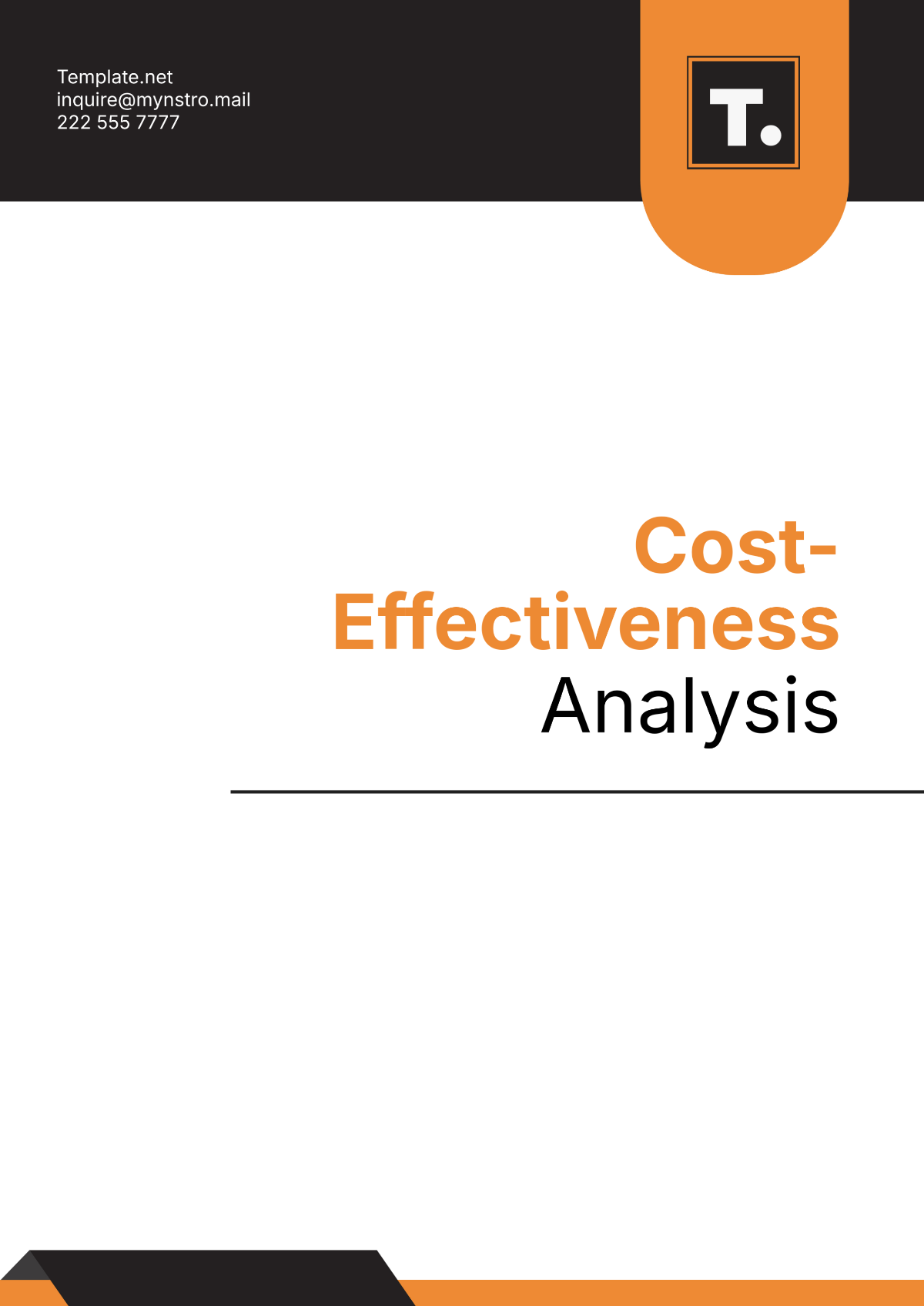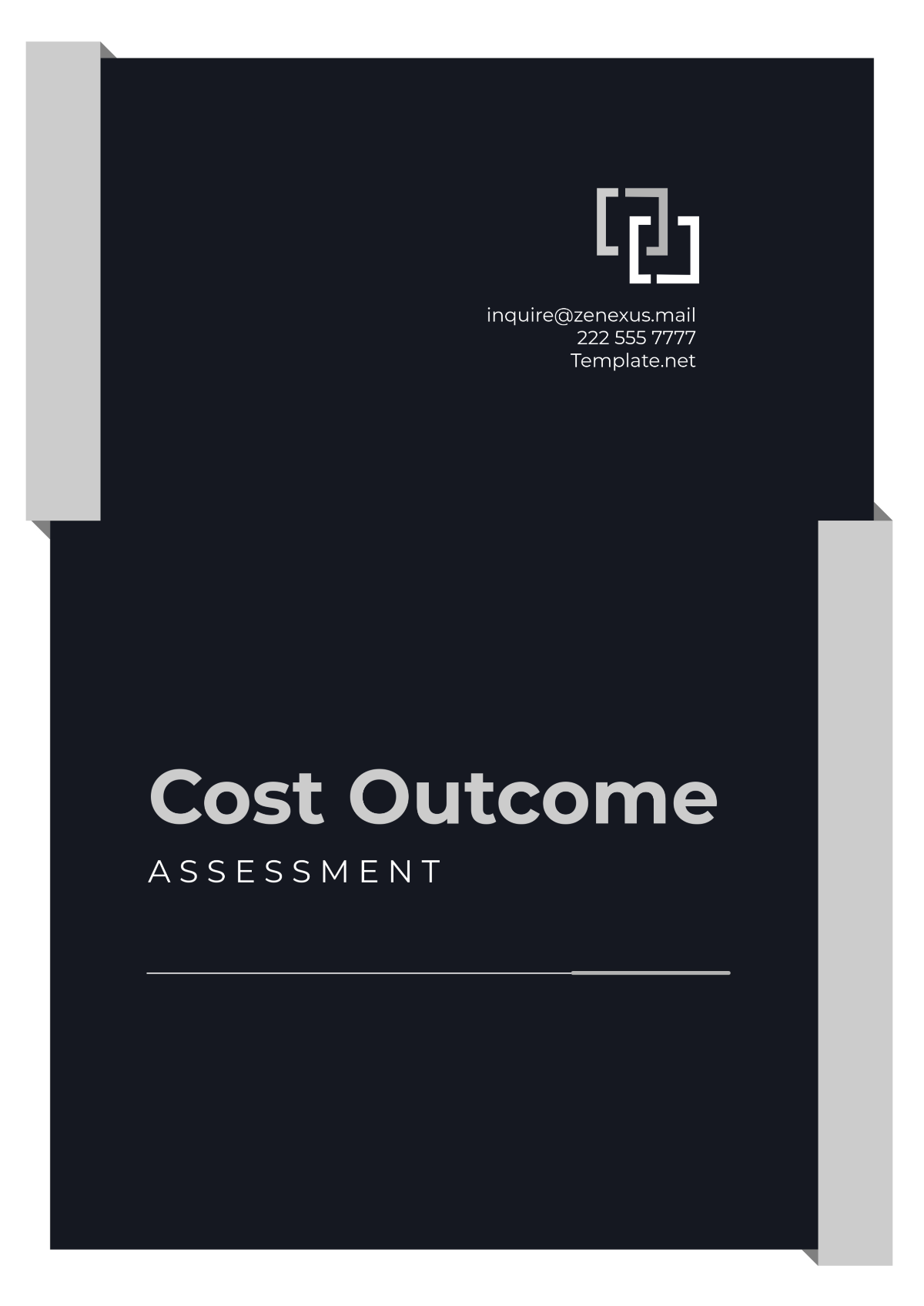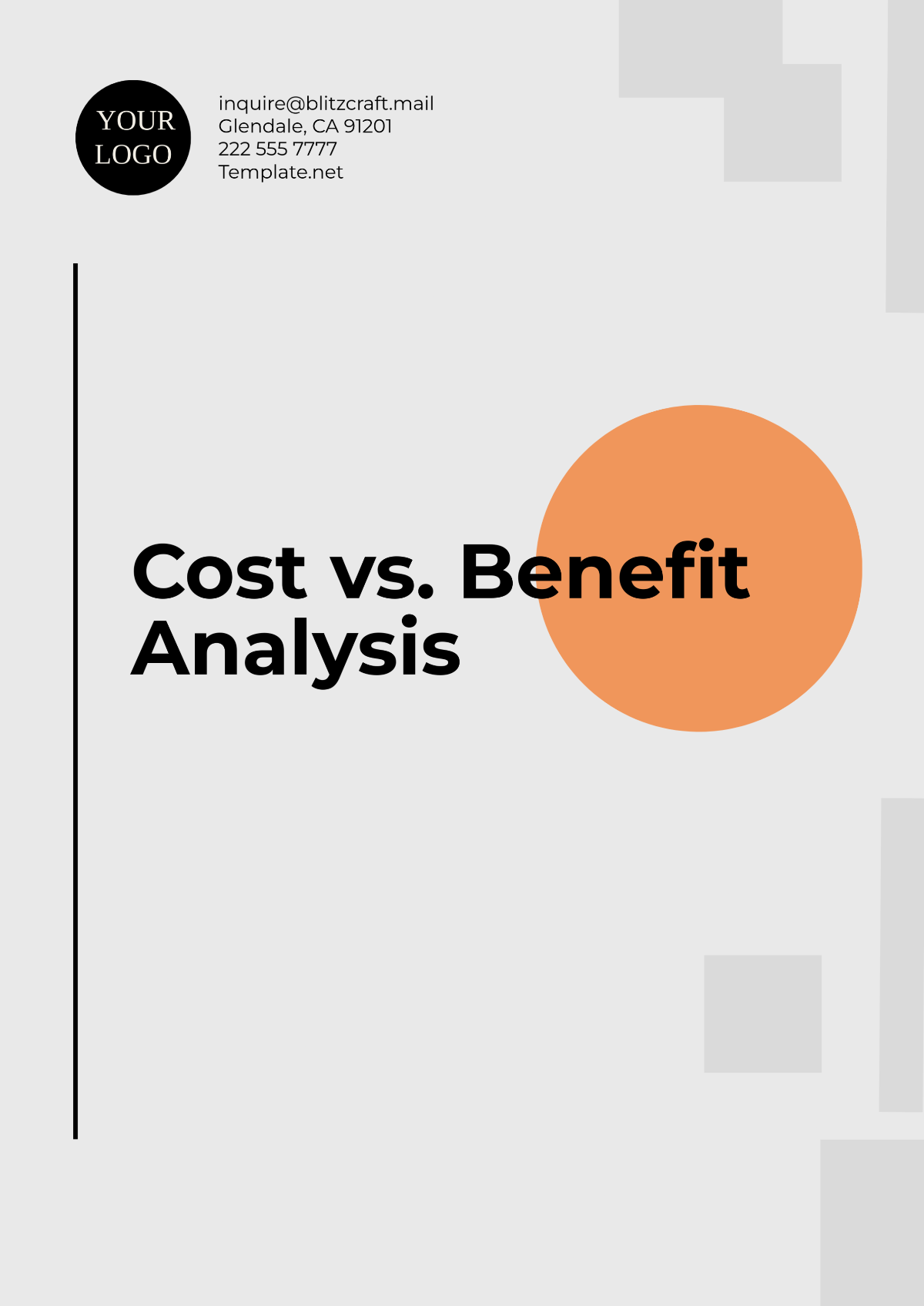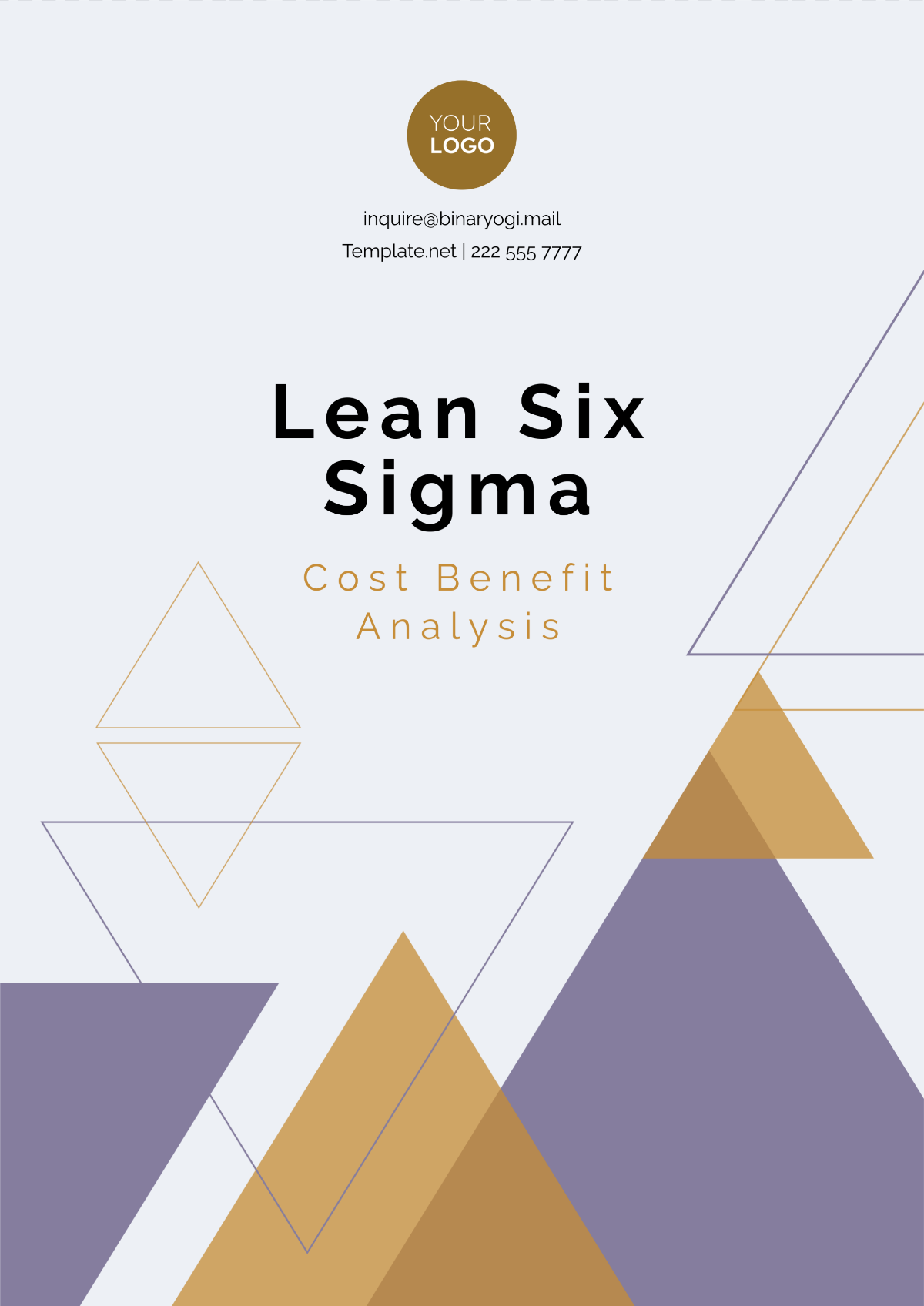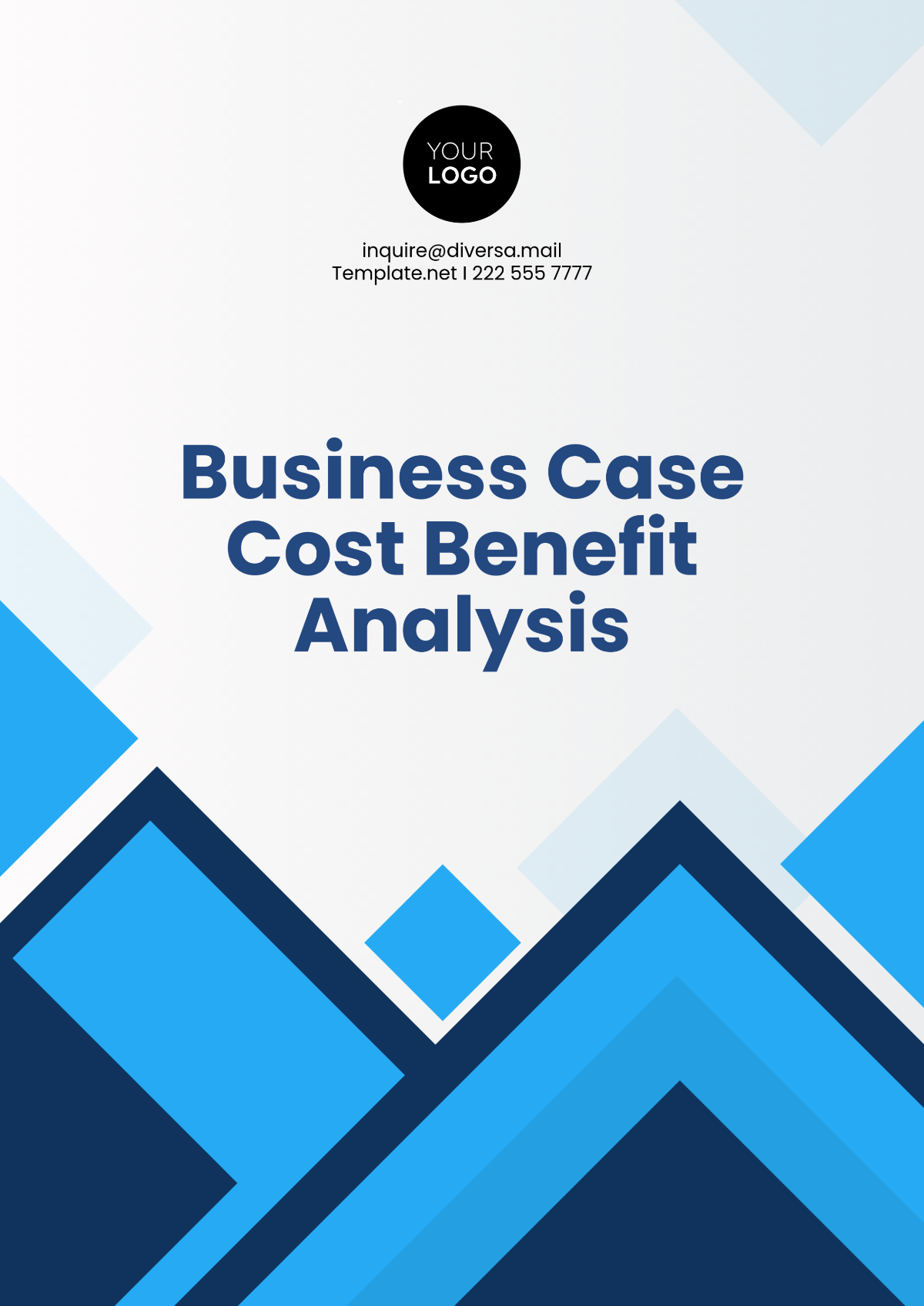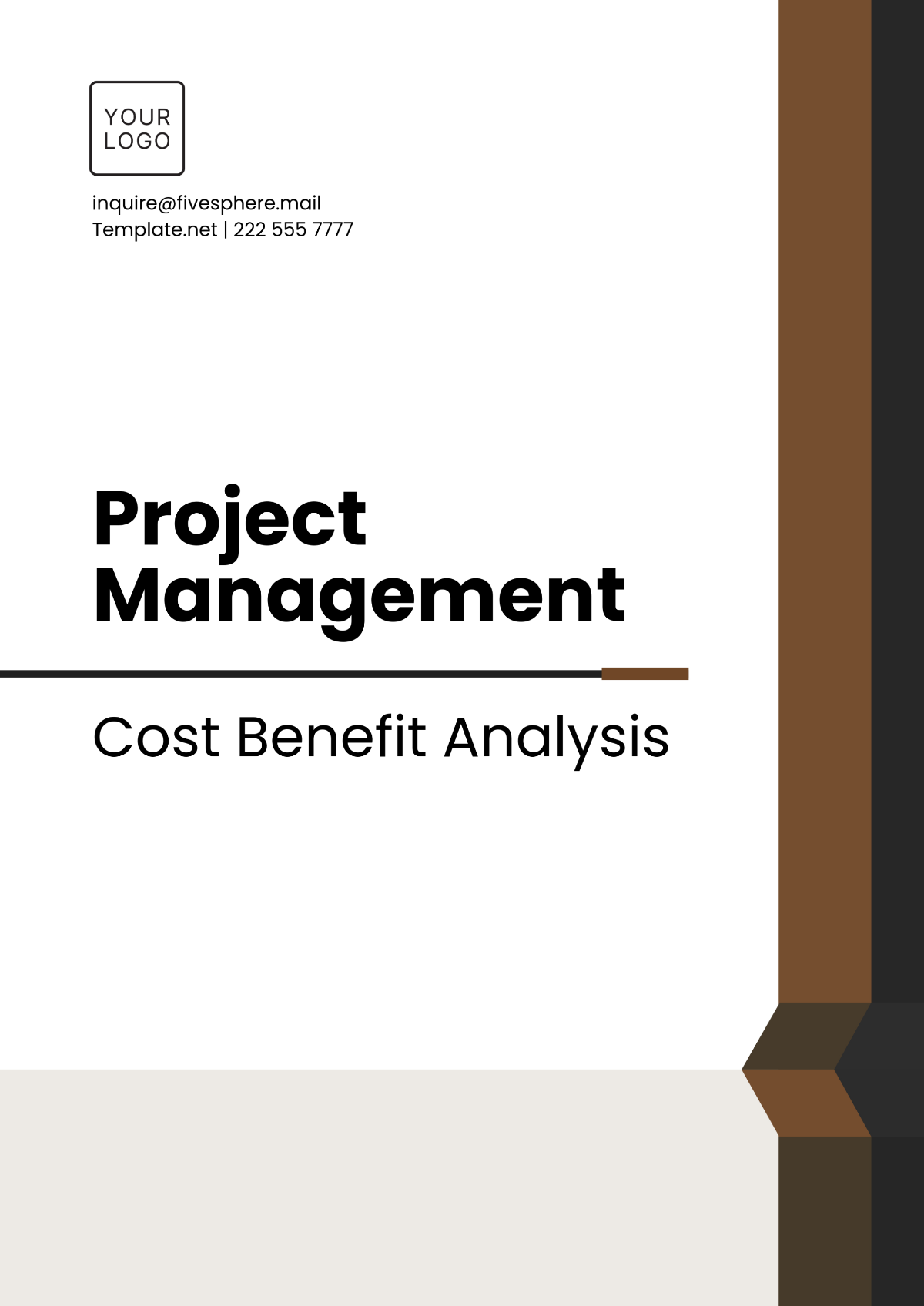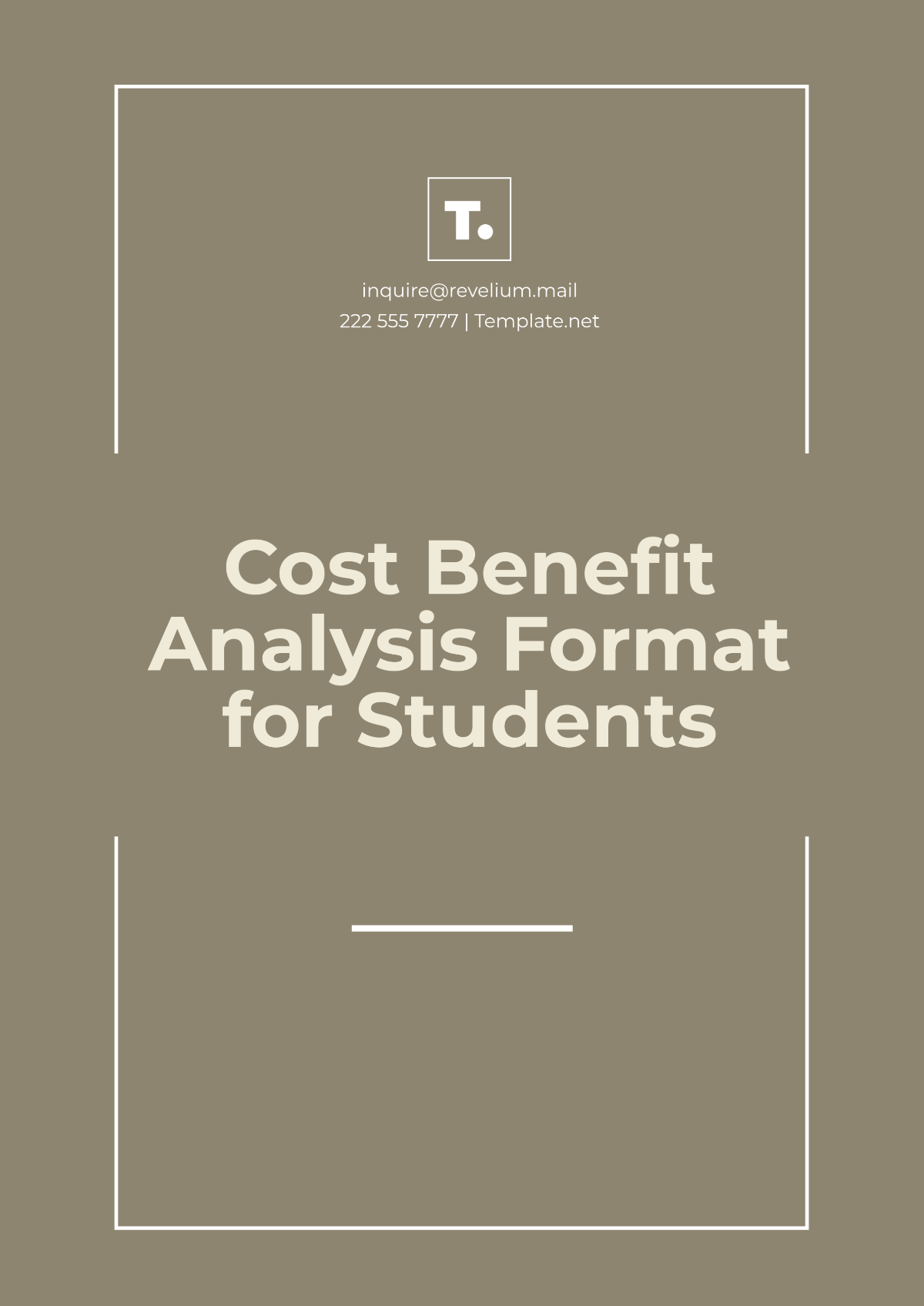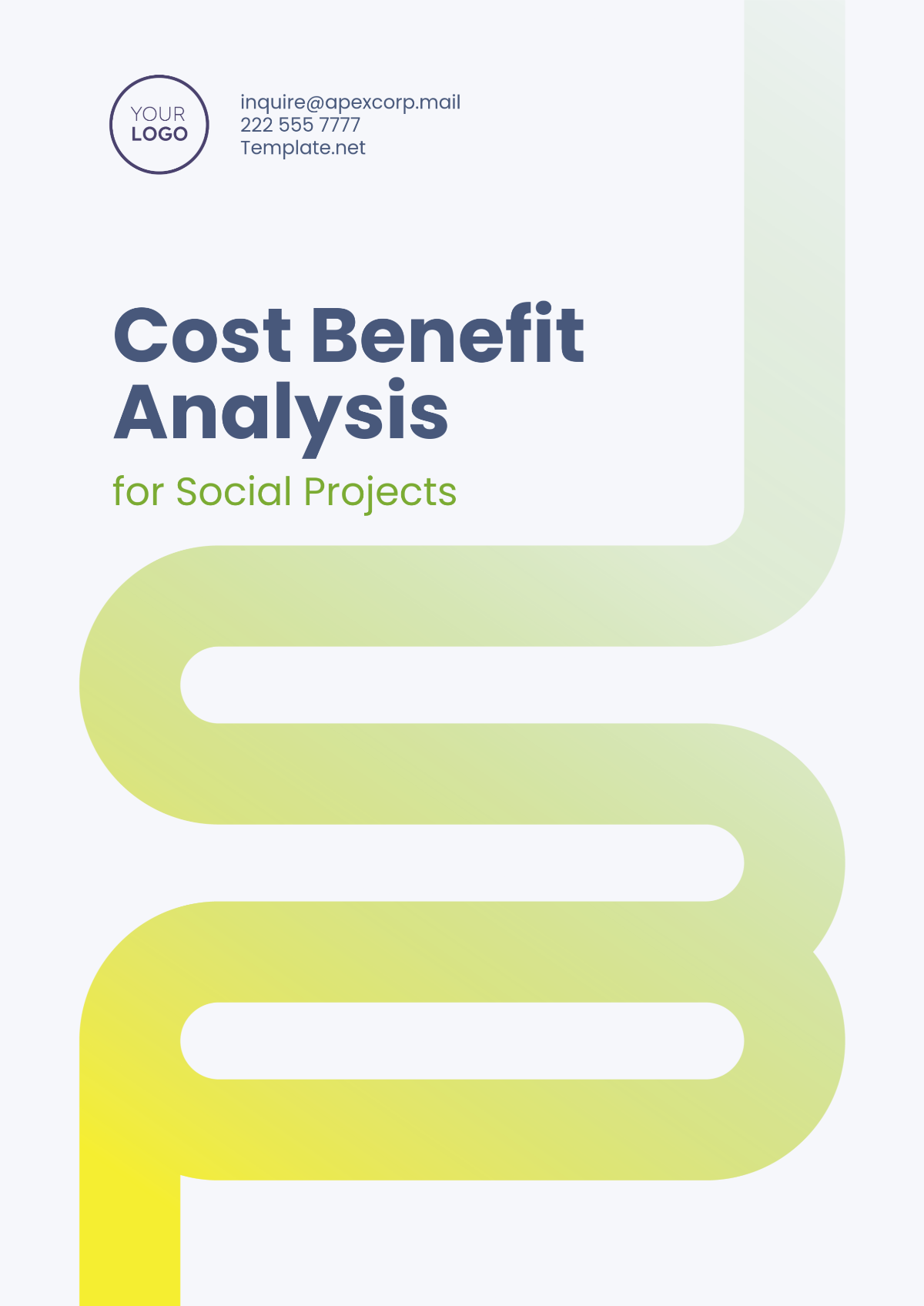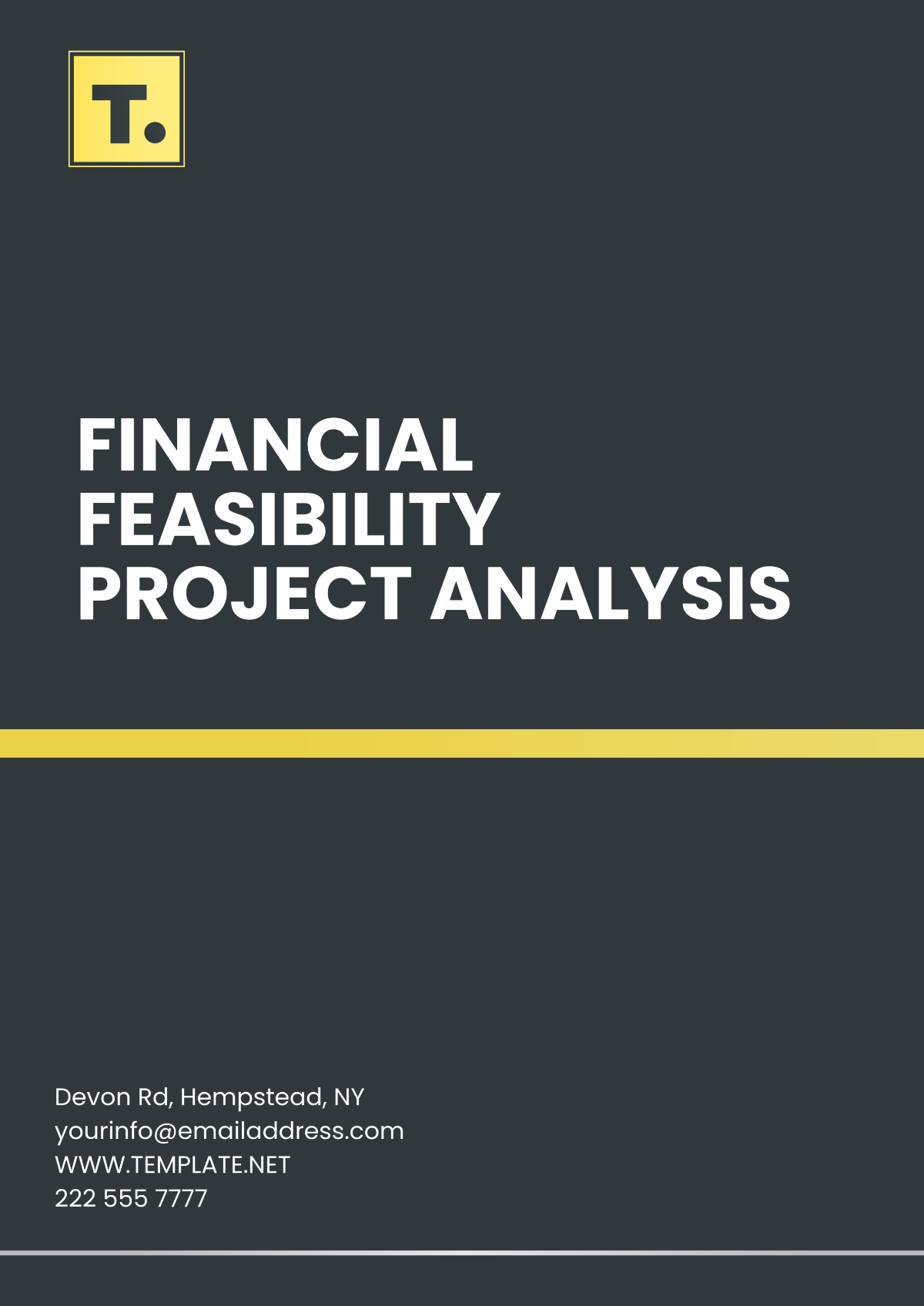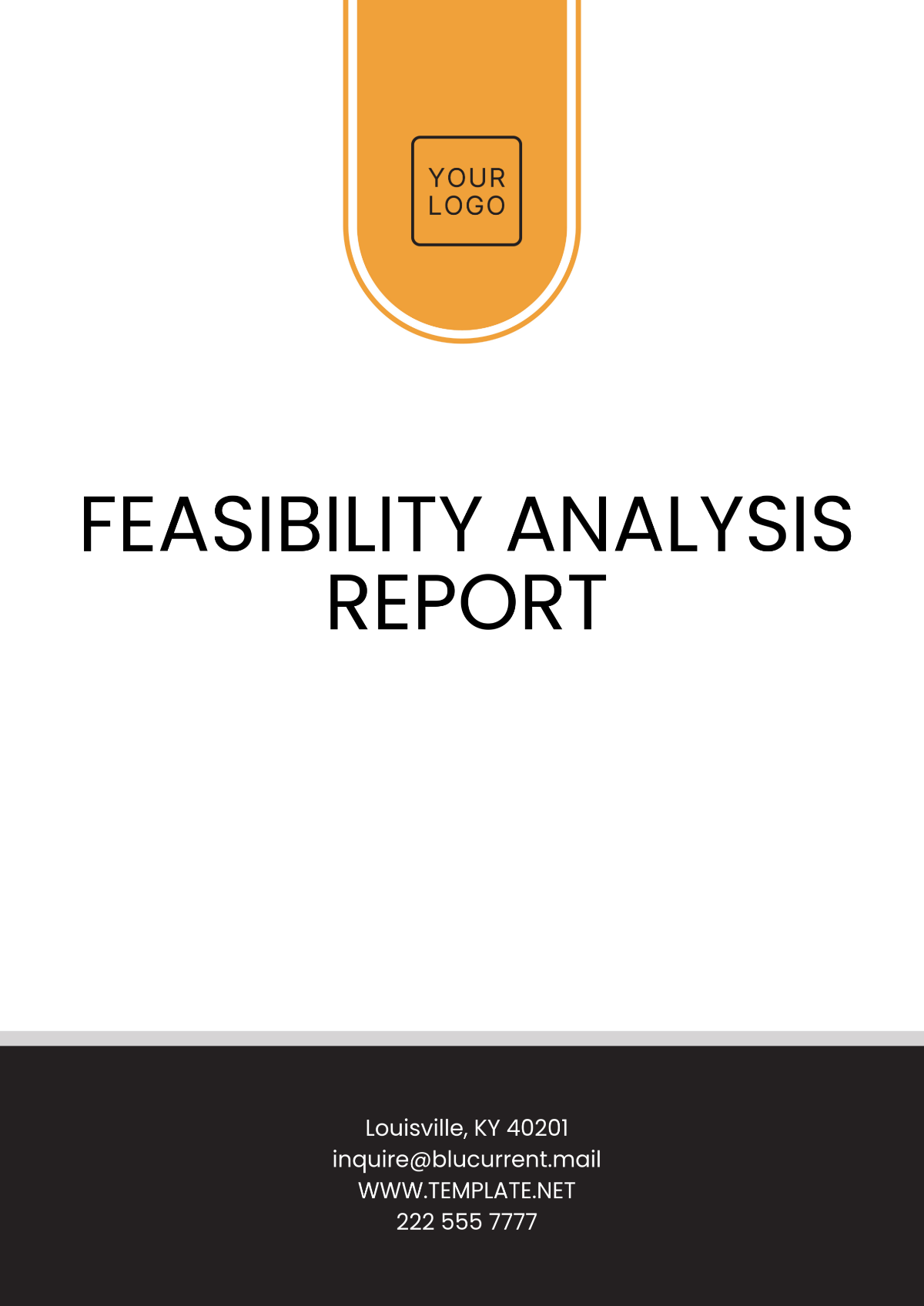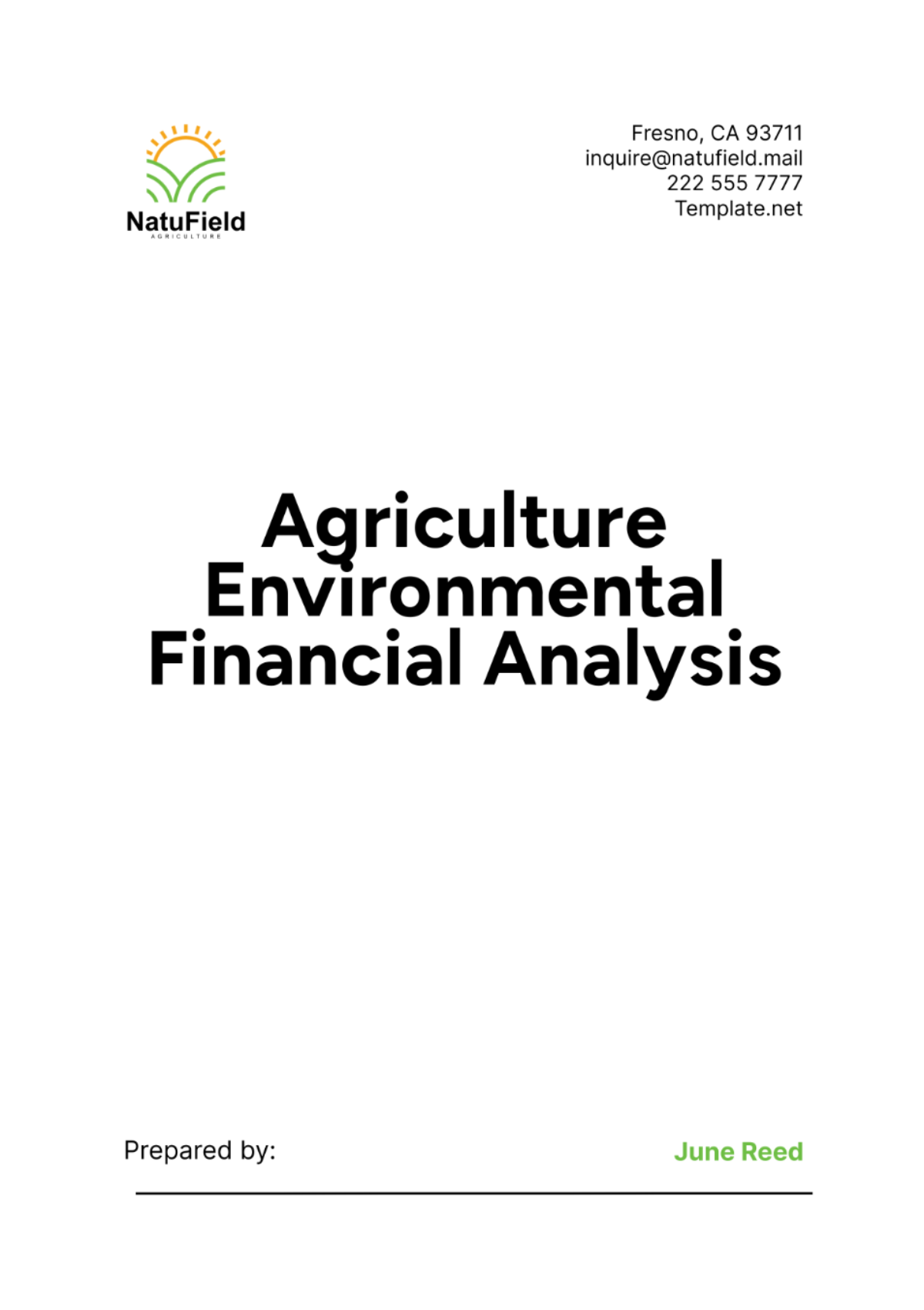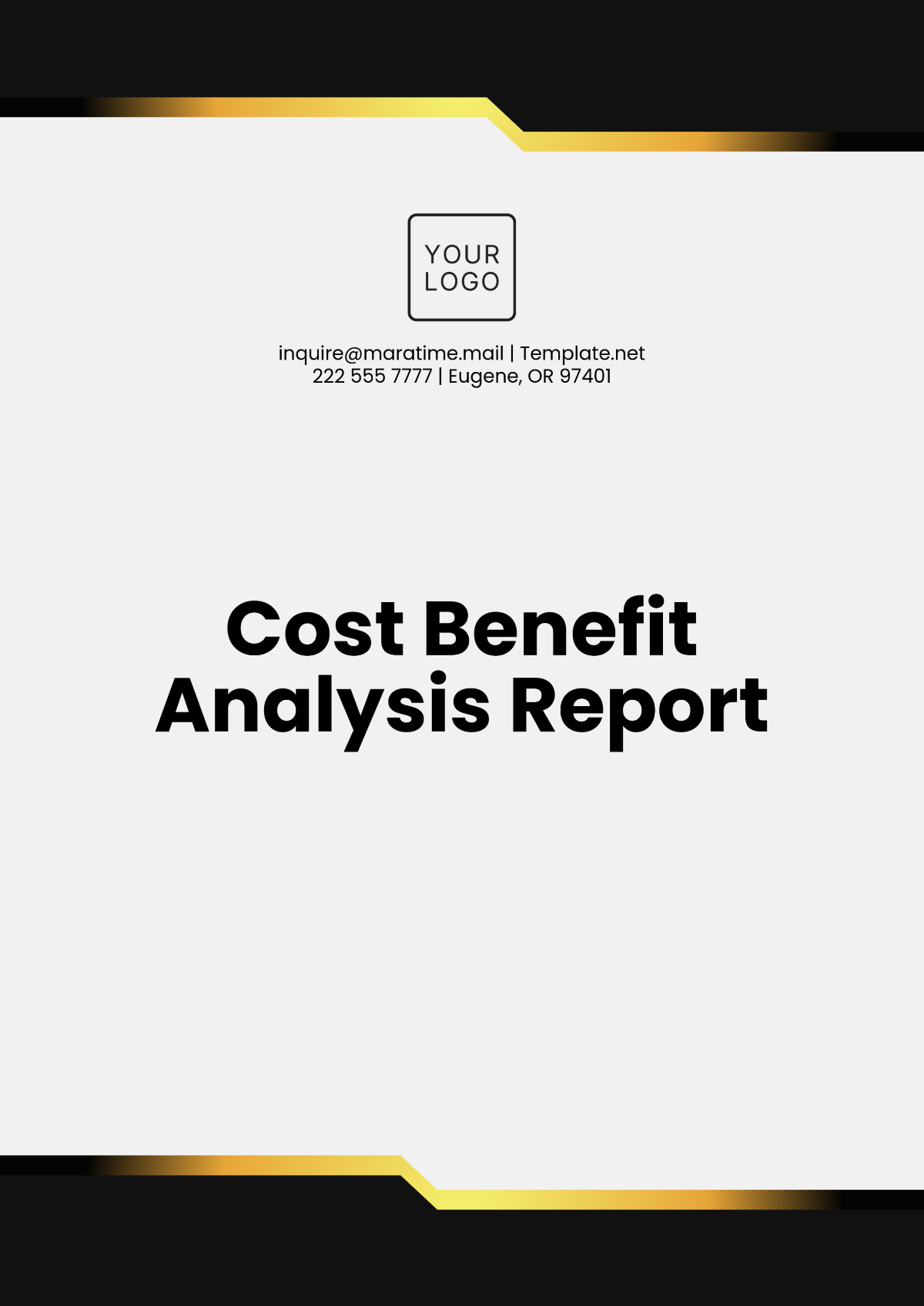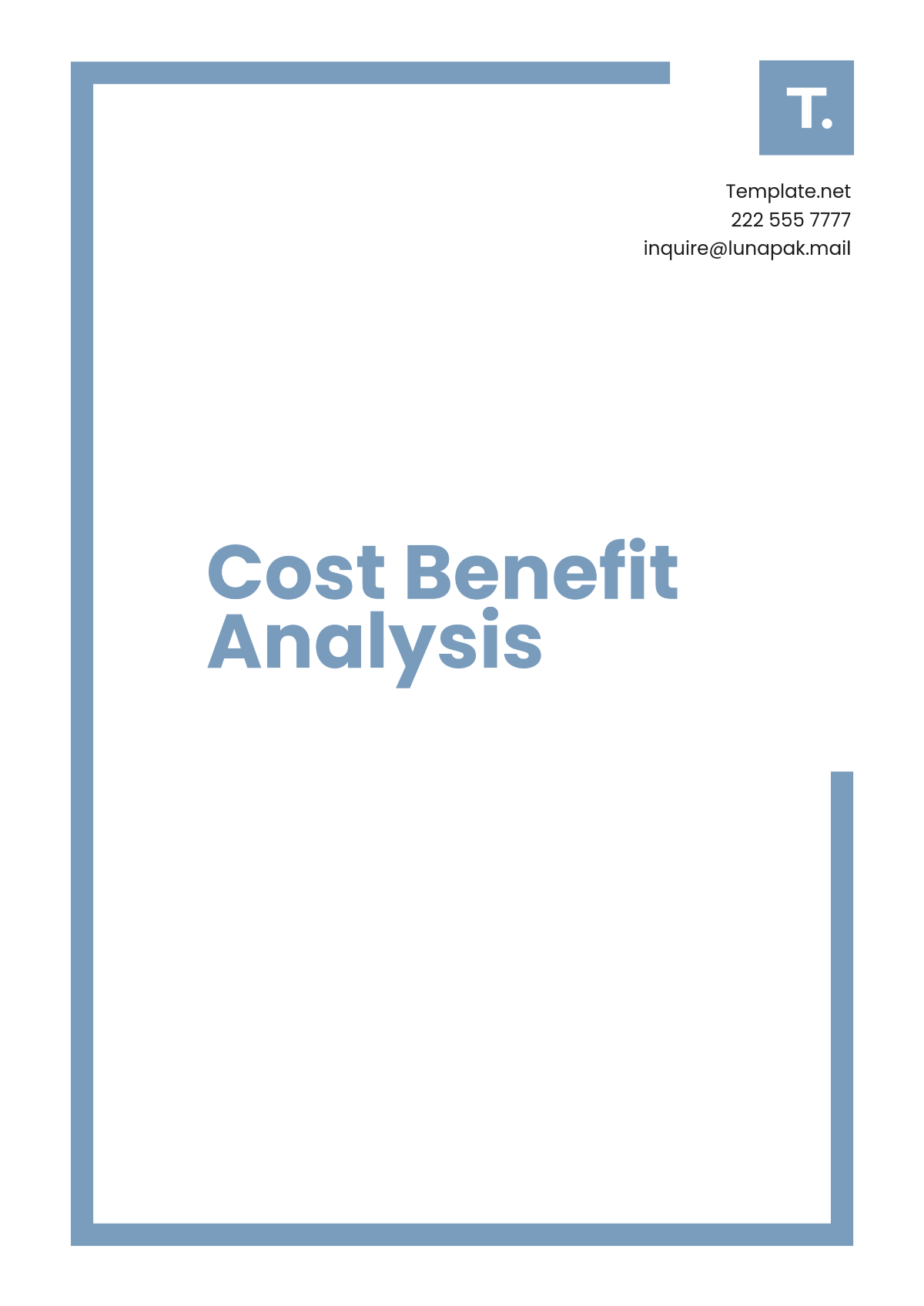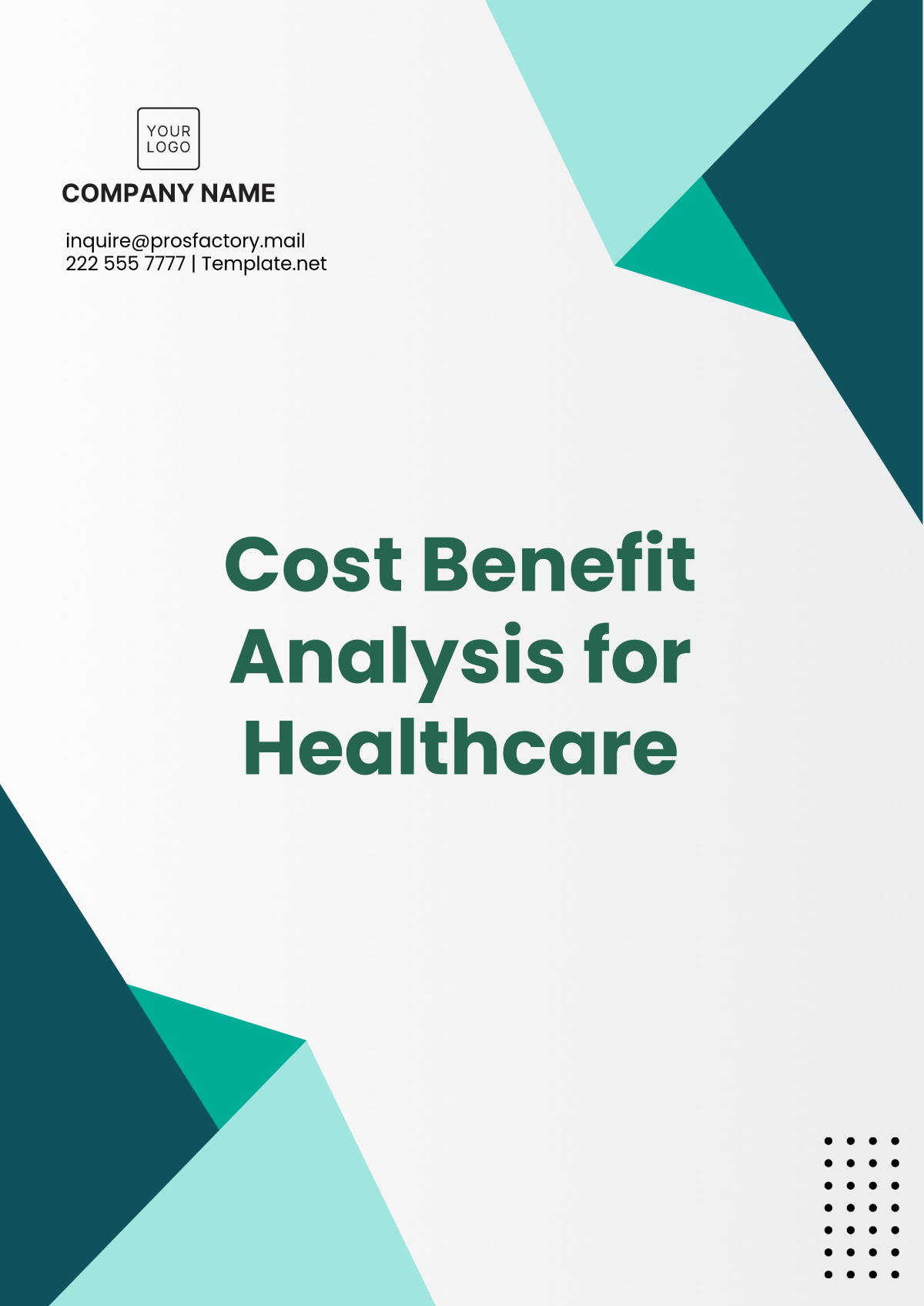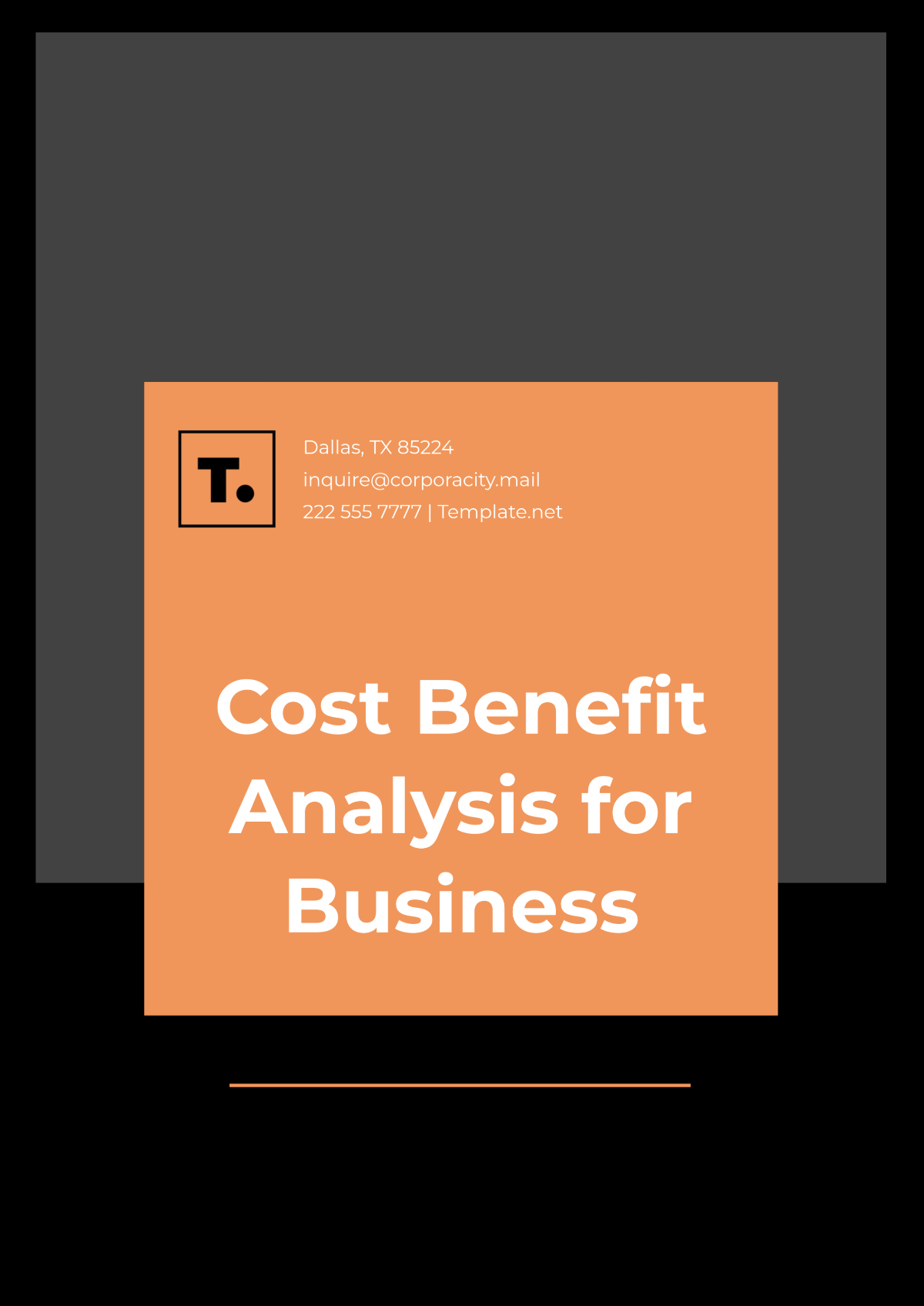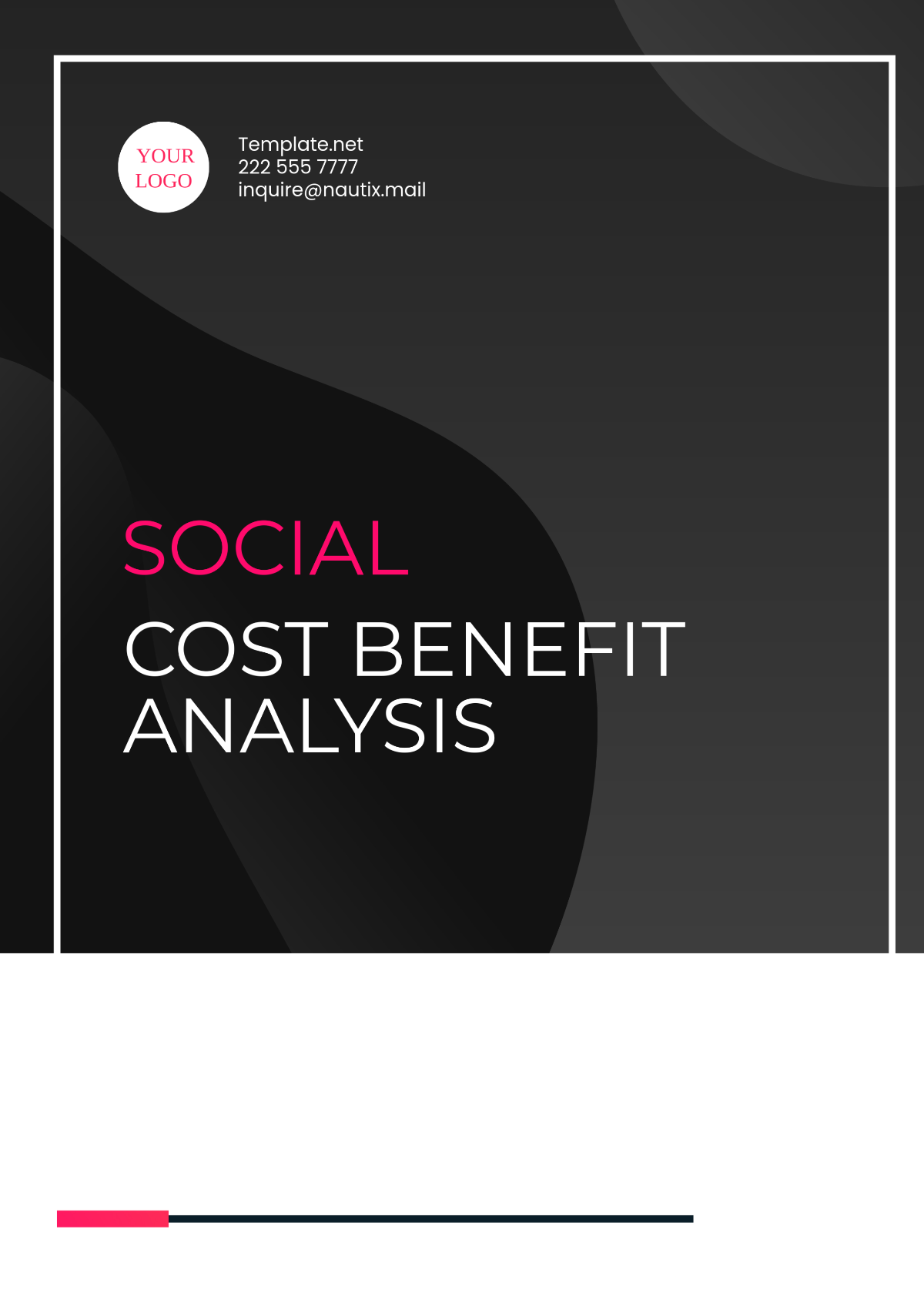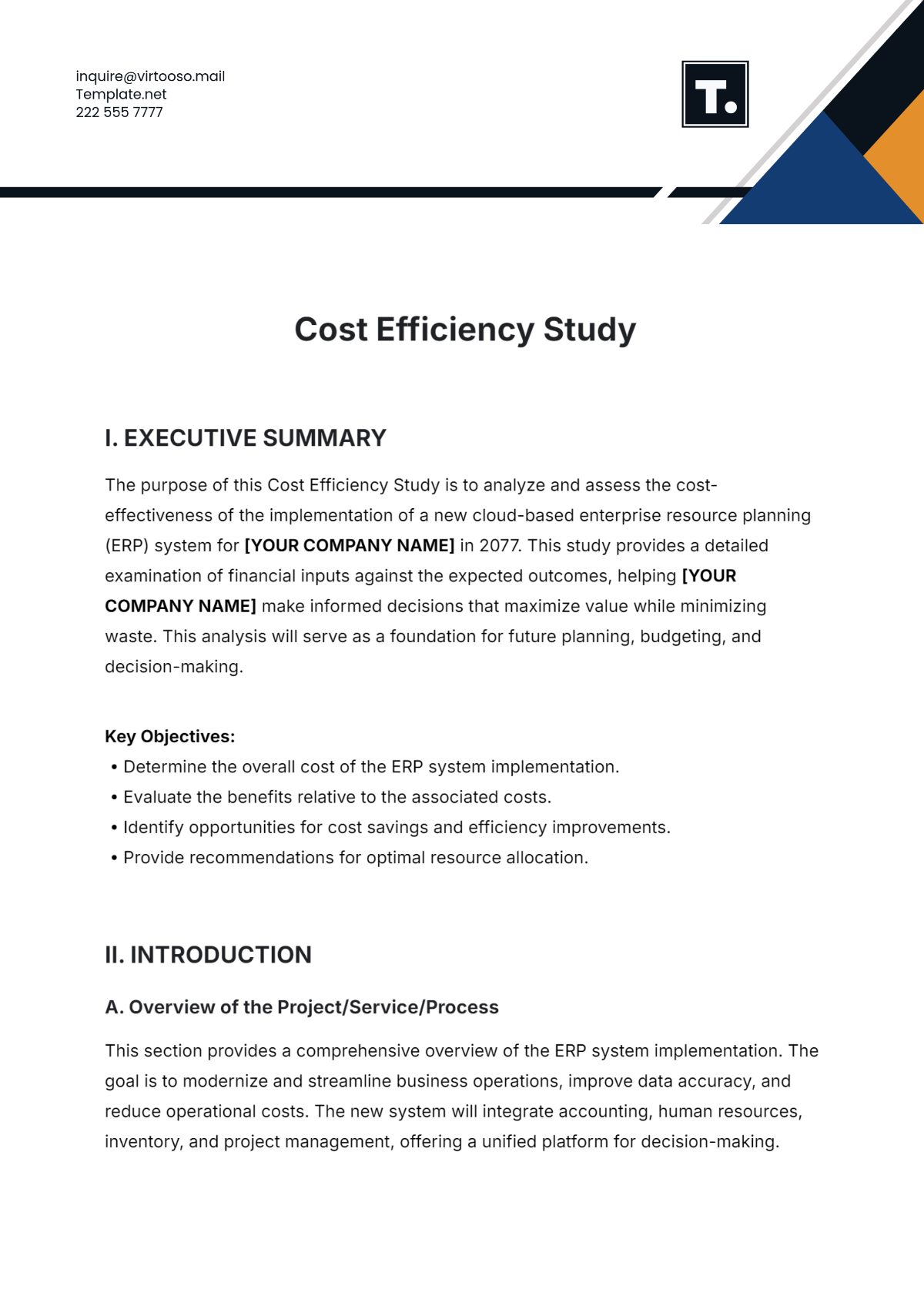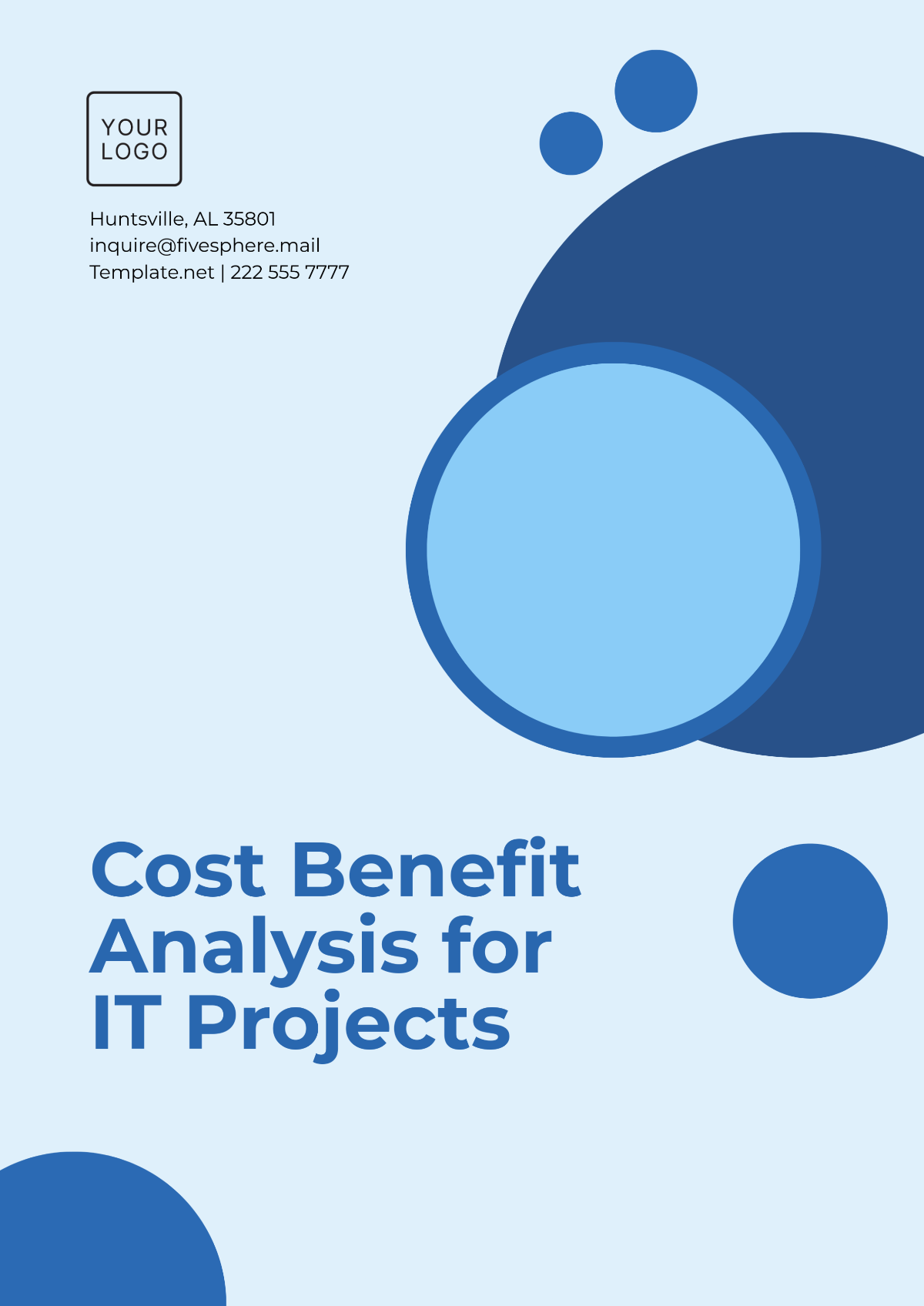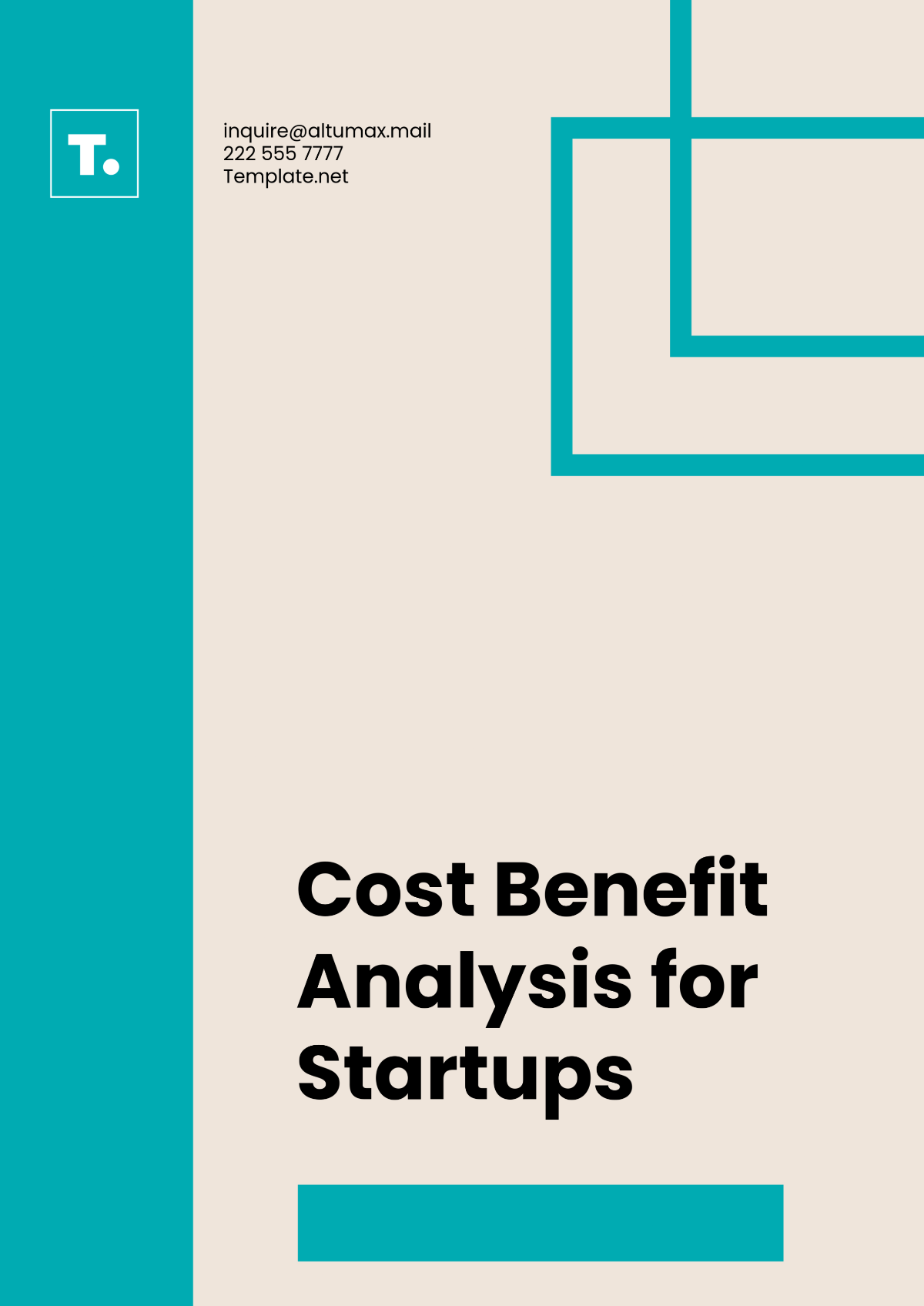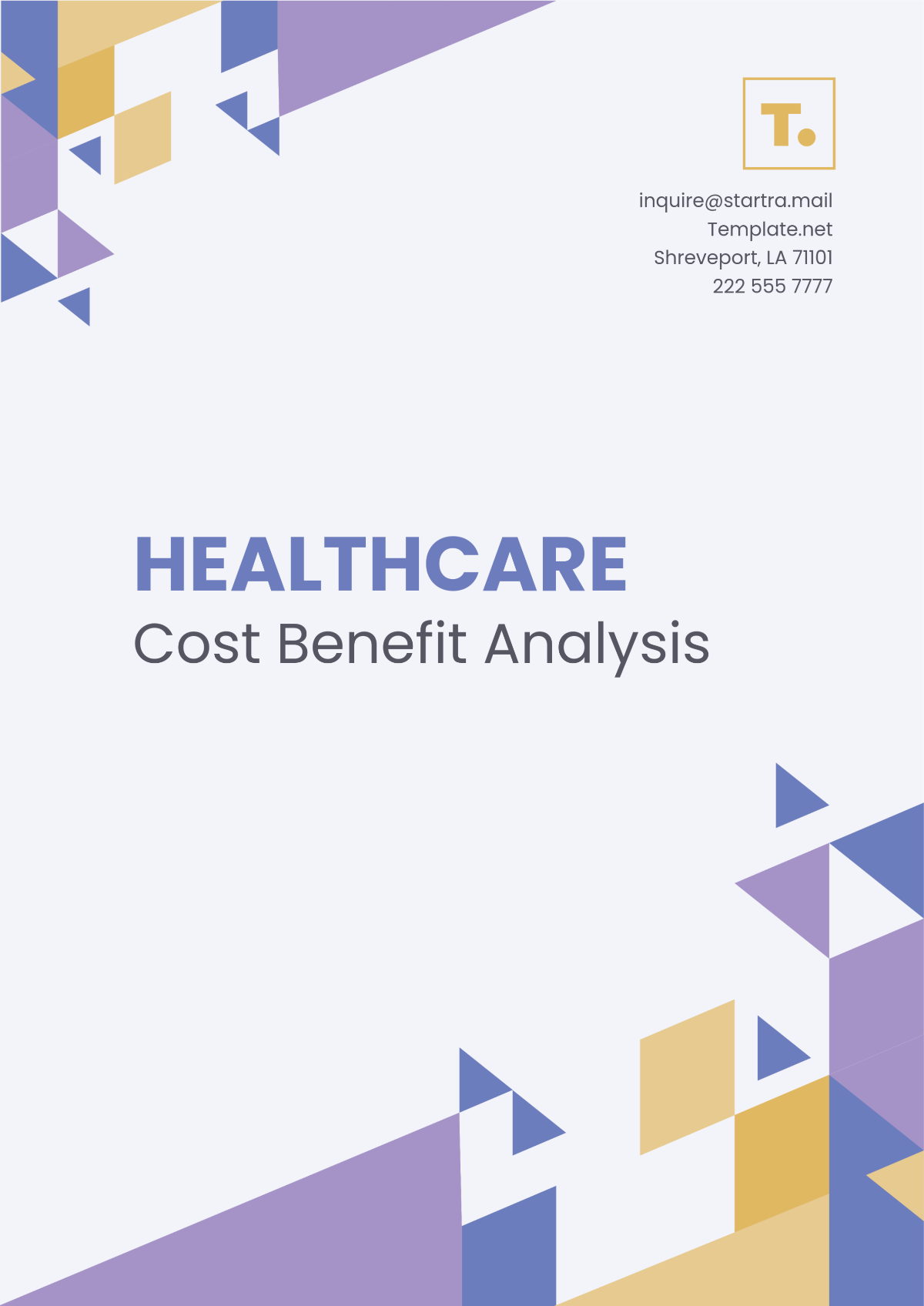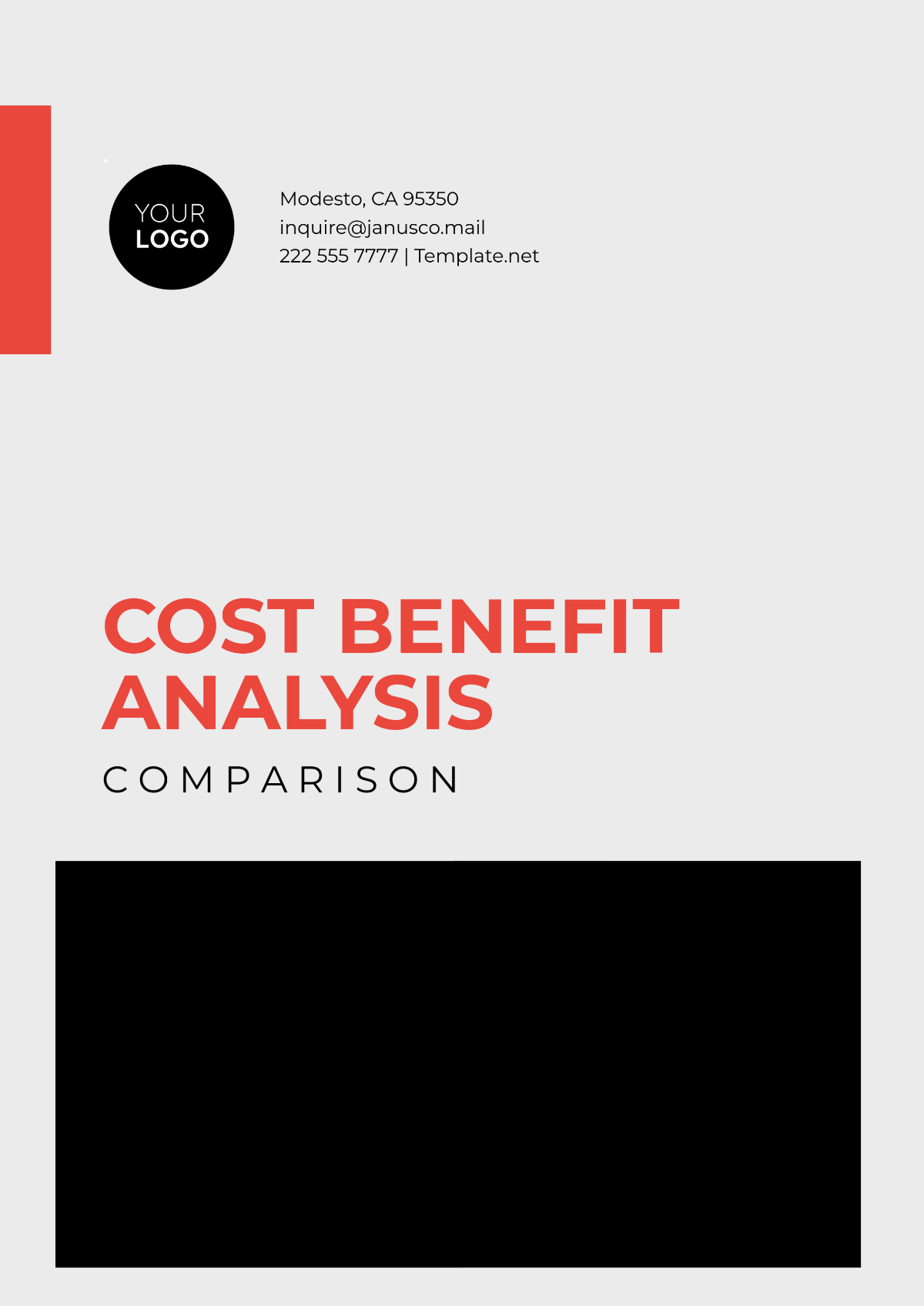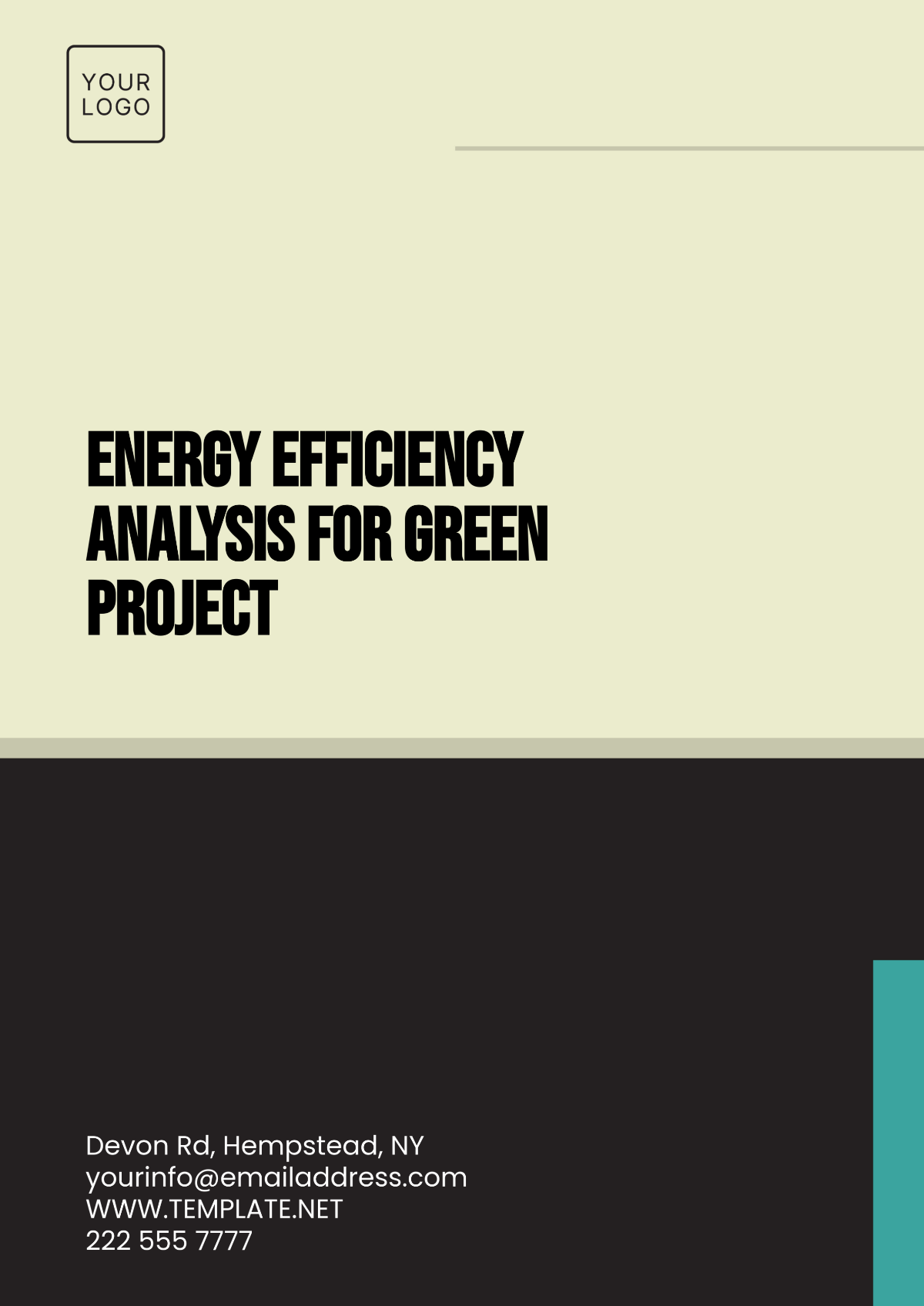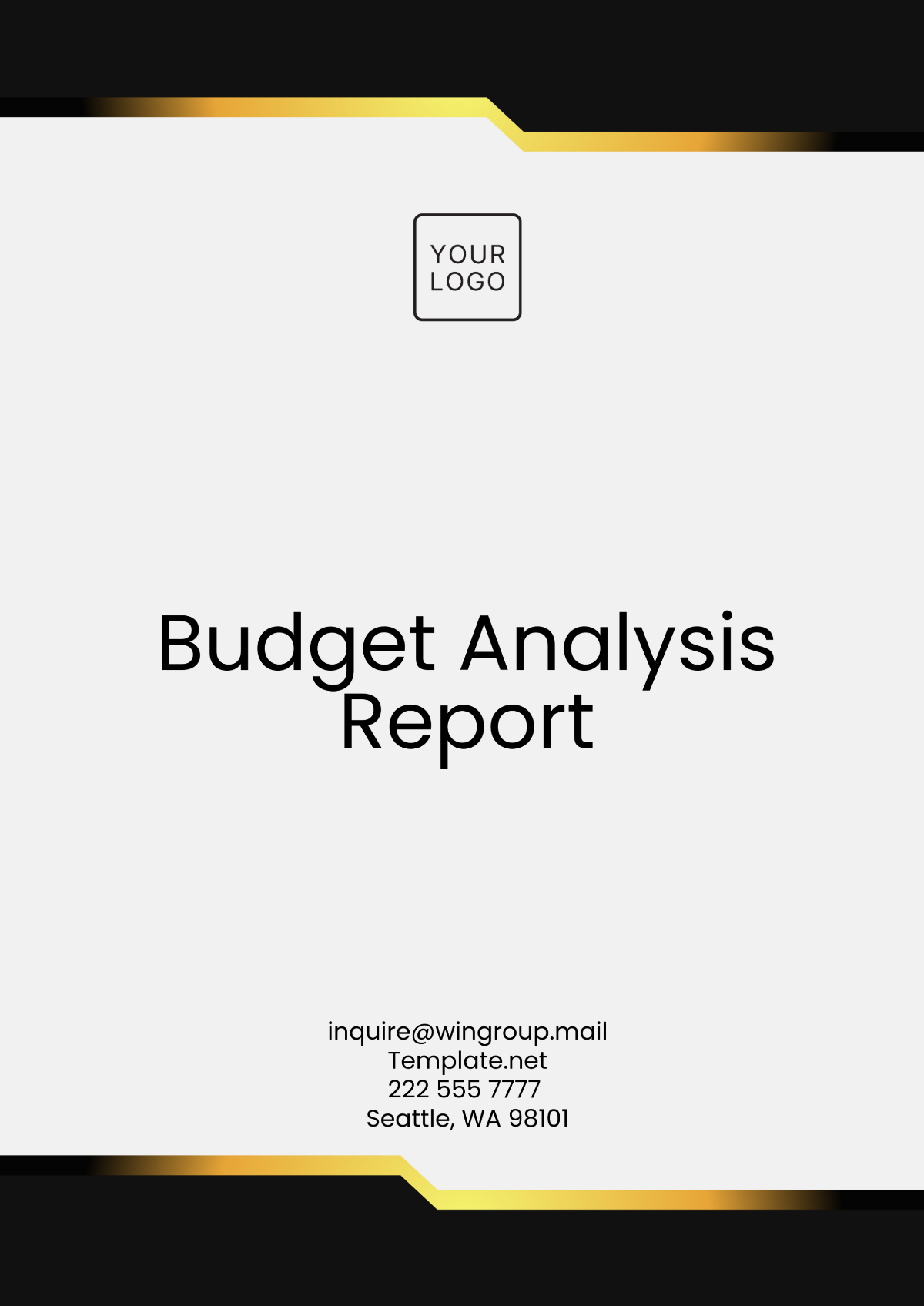Interior Design Budget Variance Analysis
I. Introduction
The realm of interior design is a fascinating blend of creativity, practicality, and financial planning. In this context, [Your Company Name] has undertaken a comprehensive analysis to evaluate the budget variance in our interior design projects over the past financial year. Understanding these variances is crucial for improved financial planning and strategic decision-making for future projects.
A. Purpose of the Analysis
Investigation of Expenditures: The primary purpose of this analysis is to investigate the areas where expenditures exceeded or were below the planned budgets in our interior design projects. This investigation will help us understand where our financial planning was accurate and where it deviated from the actual spending.
Identification of Effective Strategies: By meticulously analyzing these discrepancies, we aim to pinpoint effective budget management strategies. These strategies can help us better manage our resources and avoid unnecessary expenditures in future projects.
Enhancement of Cost Efficiency: The ultimate objective of this analysis is to enhance overall cost efficiency. By understanding where and why budget variances occur, we can make more accurate budget forecasts in the future, ensuring that our financial resources are used effectively and efficiently.
B. Importance of Budget Variance Analysis
Crucial Aspect of Financial Management: Budget variance analysis is a crucial aspect of financial management in interior design. It helps identify where actual spending deviated from the planned budget, providing insights into areas of overspending or underspending. These insights can inform our financial planning and help us make more accurate budget forecasts in the future.
Informing Strategic Decision-Making: Understanding these variances can inform strategic decision-making for future projects. For example, if we consistently overspend in a certain area, we may need to allocate more resources to that area in our future budgets. Conversely, if we consistently underspend in a certain area, we may be able to allocate fewer resources to that area and use them elsewhere.
Identifying Contributing Factors: The analysis also allows us to identify and understand the factors contributing to these variances. For example, we may find that certain types of projects tend to have larger variances than others, or that variances tend to occur at certain times of the year. Understanding these factors can help us anticipate and manage budget variances more effectively.
II. Methodology
The methodology employed for this analysis is robust and comprehensive. We gathered data from financial records and project management reports of all interior design projects completed in the last year. This data forms the backbone of our analysis and provides a factual basis for our findings.
A. Data Collection
Financial Records: The primary source of data for this analysis is the financial records of [Your Company Name]. These records provide detailed information about the costs incurred in each of our interior design projects over the past year. They include costs related to materials, labor, design services, and furniture acquisition.
Project Management Reports: In addition to financial records, we also utilized project management reports. These reports provide insights into the timeline of each project, the resources allocated, and the challenges encountered. They help us understand the context in which the expenditures occurred.
B. Analysis Approach
Quantitative and Qualitative Methods: Our analysis incorporates both quantitative and qualitative methods. The quantitative analysis focuses on the numerical data from the financial records, allowing us to measure the extent of variances and identify patterns. The qualitative analysis, on the other hand, considers non-numerical data such as project timelines and challenges, providing a deeper understanding of the reasons behind the variances.
Statistical Tools: We employed statistical tools to measure the extent of variances and the factors influencing them. These tools include techniques such as variance analysis, trend analysis, and regression analysis. They enable us to quantify the variances and identify significant trends and correlations.
C. Categorization of Data
By Project Type: The data was categorized according to project type. This categorization allows us to analyze the budget variances in different types of projects and identify any project-specific trends or issues.
By Budget Allocation: We also categorized the data according to budget allocation. This includes categories such as materials, labor, design services, and furniture. This categorization helps us identify which areas of the budget are most prone to variances.
By Actual Spending: Finally, we categorized the data by actual spending. This allows us to compare the actual spending with the budgeted amounts and calculate the variances.
D. Preparation for Detailed Analysis
Data Compilation: After categorizing the data, we compiled it in a format suitable for detailed analysis. This involved creating tables and charts to visualize the data and highlight the variances.
Identification of Key Metrics: We identified key metrics to focus on in our analysis. These metrics include the size of the variances, the frequency of variances, and the correlation between different types of variances.
Development of Analysis Plan: Based on the compiled data and identified key metrics, we developed a plan for the detailed analysis. This plan outlines the steps we will take to analyze the data, the tools and techniques we will use, and the questions we aim to answer.
III. Data and Analysis
The data and analysis of the budget variance analysis provides a detailed breakdown of the actual spending compared to the budgeted amounts for different project categories. The following chart and table present the budget, actual spending, and variance for the project categories:
Project Category | Budget | Actual Spending | Variance |
|---|---|---|---|
Luxury Residential | $500,000 | $600,000 | $100,000 |
Commercial | $300,000 | $250,000 | -$50,000 |
A. Luxury Residential Projects
For luxury residential projects, the budget was set at $500,000. However, the actual spending reached $600,000, resulting in a positive variance of $100,000. This indicates that the actual spending exceeded the budget by a significant amount. This could be due to various factors such as unexpected costs, changes in design plans, or increases in material prices.
B. Commercial Projects
On the other hand, for commercial projects, the budget was set at $300,000, but the actual spending was only $250,000. This resulted in a negative variance of -$50,000, indicating that the actual spending was less than the budgeted amount. This could be due to efficient project management, cost savings in materials or labor, or fewer changes in the design plans than anticipated.
The variances in both project categories highlight the importance of accurate budget forecasting and efficient project management. In the case of luxury residential projects, more accurate cost estimation and tighter control of project expenses could help reduce the variance. For commercial projects, the negative variance indicates good financial management, but it might also suggest overestimation in the budgeting process.
Understanding these variances and the factors contributing to them can provide valuable insights for future projects. It can inform strategic decision-making, improve budget forecasting, and enhance project management practices. By learning from these variances, [Your Company Name] can continue to improve its financial management and deliver high-quality interior design projects within budget.
IV. Key Findings
Here are the key findings based on the conducted analysis:
A. Identification of Major Variances
Over-spending in Luxury Residential Projects: The analysis identified significant over-spending in luxury residential projects. This was mainly due to underestimated material costs and design changes. These findings suggest that more accurate cost estimation and tighter control of project expenses could help reduce the variance in future projects.
Under-spending in Commercial Projects: On the other hand, commercial projects saw under-spending, primarily due to over-estimation of labor costs and efficient project management. This indicates that [Your Company Name] has been successful in managing costs in commercial projects, but there may be room for improvement in the budget estimation process.
B. Impact of Vendor Relationships
Cost Savings from Strong Vendor Relationships: The analysis also cataloged instances where strong vendor relationships led to cost savings in projects. This suggests that maintaining good relationships with vendors can have a significant impact on project costs. Vendors may offer discounts or favorable terms to companies they have a good relationship with, leading to cost savings.
Importance of Vendor Relationship Management: These findings underscore the importance of vendor relationship management in controlling project costs. [Your Company Name] should continue to nurture its relationships with vendors to leverage bulk buying and negotiation advantages.
C. Allocation Discrepancies
Discrepancies in High-End Furnishings and Custom Pieces: There were also discrepancies noted mainly in high-end furnishings and custom pieces, partly due to last-minute client upgrades. This highlights the challenges of budgeting for projects where client preferences can change during the course of the project. It underscores the need for clear communication with clients about the cost implications of changes and the importance of setting realistic budgets for high-end furnishings and custom pieces.
Need for Flexible Budgeting: These findings suggest a need for more flexible budgeting strategies that can accommodate last-minute changes without significantly impacting the overall project budget. This could involve setting aside a contingency budget for unexpected changes or upgrades.
V. Actionable Recommendations
Based on the findings of the budget variance analysis, several actionable recommendations have been identified. These are:
A. Rigorous Up-Front Cost Estimation
Need for Rigorous Estimation: The analysis highlighted the need for more rigorous up-front cost estimation techniques to better anticipate expenses. This is particularly important for luxury residential projects, where significant over-spending was observed.
Benefits of Accurate Estimation: More accurate cost estimation can help prevent budget overruns, improve financial planning, and enhance client satisfaction. It can also help [Your Company Name] make more informed decisions about resource allocation and project feasibility.
B. Enhance Vendor Relationship Management
Leveraging Vendor Relationships: The analysis also suggested that [Your Company Name] could enhance vendor relationship management to leverage bulk buying and negotiation advantages. Strong vendor relationships can lead to cost savings and better terms, which can have a significant impact on project costs.
Strategic Partnerships: By building strategic partnerships with vendors, [Your Company Name] can secure high-quality materials and services at competitive prices. This can help improve the company’s profitability and deliver better value to clients.
C. Standardize Certain Elements of Luxury Projects
Avoiding Financial Discrepancies: To avoid financial discrepancies resulting from client-initiated changes, [Your Company Name] could standardize certain elements of luxury projects. This could involve setting standard options for high-end furnishings and custom pieces, which can help control costs and prevent budget overruns.
Balancing Customization and Standardization: While customization is a key aspect of luxury interior design, some level of standardization can help manage costs and expectations. [Your Company Name] can still offer clients a range of options to personalize their spaces while maintaining control over the project budget.
D. Regular Budget Reviews
Catching and Adjusting for Variances: Conducting regular budget reviews during project lifecycles can help catch and adjust for variances promptly. This can prevent small variances from escalating into significant budget overruns.
Informed Decision-Making: Regular budget reviews can provide [Your Company Name] with up-to-date financial information, enabling more informed decision-making. It can also improve transparency with clients and help manage their expectations regarding project costs.
VI. Conclusion
The budget variance analysis has provided valuable insights into [Your Company Name]'s financial management practices. It has identified areas of strength, such as efficient project management in commercial projects, and areas that need improvement, such as cost estimation in luxury residential projects.
The analysis has highlighted the importance of accurate budget forecasting and efficient project management in controlling project costs. It has also underscored the value of strong vendor relationships and the need for flexibility in budgeting to accommodate changes in client preferences and market conditions.
Moving forward, [Your Company Name] can leverage these insights to enhance its financial management practices. By implementing the recommended actions, [Your Company Name] can deliver projects within budget, increase client satisfaction, and improve its financial performance. This commitment to continuous improvement and fiscal responsibility will contribute to [Your Company Name]'s long-term success in the competitive interior design industry.



